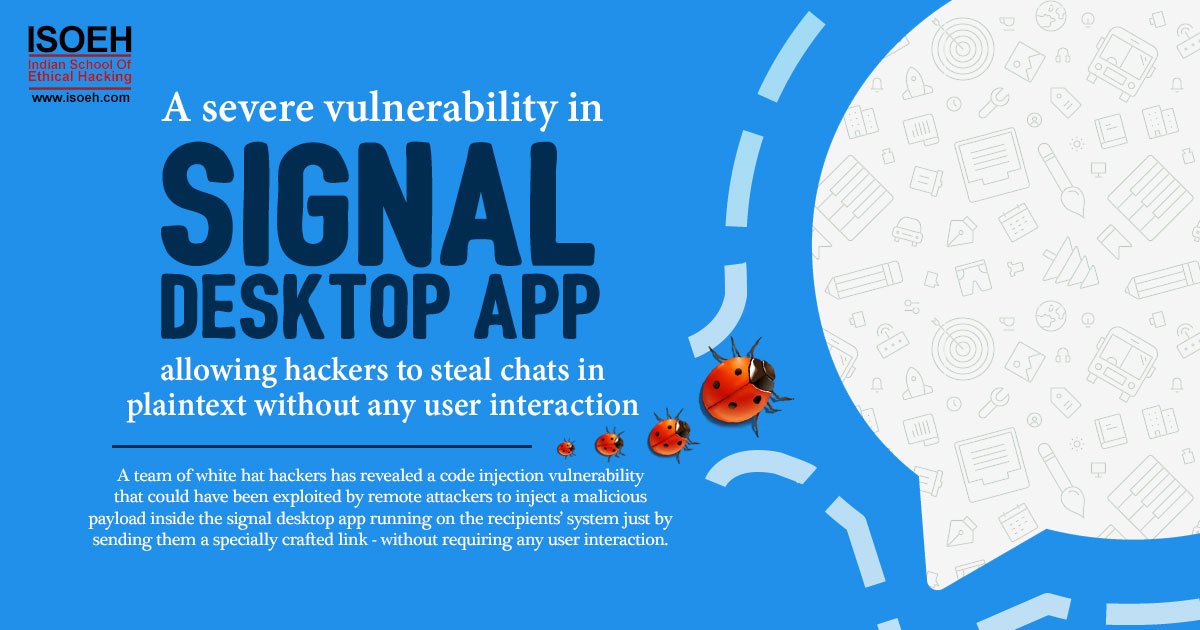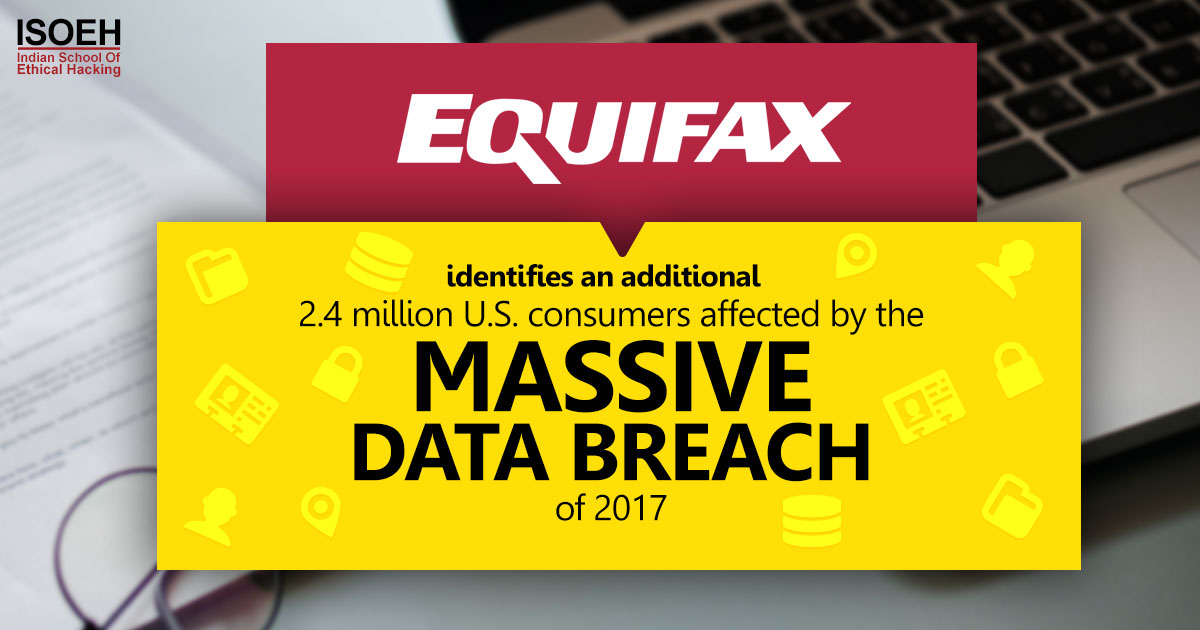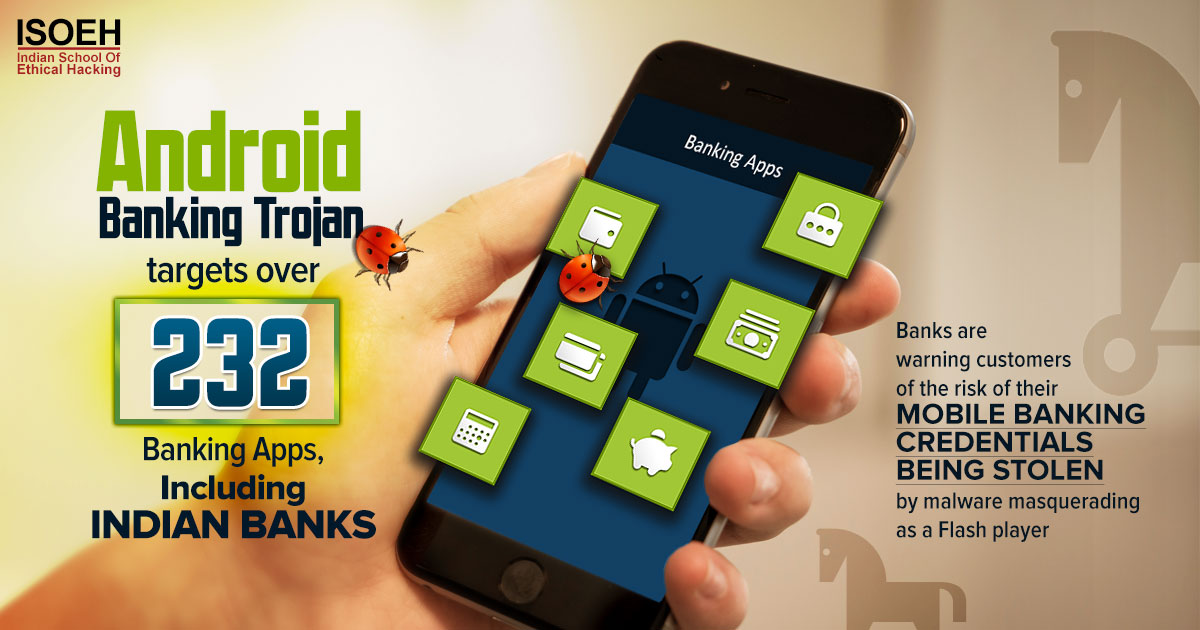
Have you ever wondered if visiting a legitimate, trusted website could lead to a cyberattack?
That's exactly how watering hole attacks work, and they've been increasingly used to target organizations and individuals alike. But what exactly are they, and why are they so dangerous? In this article, we'll delve into the world of watering hole attacks, how cybercriminals are using them, and what you can do to protect yourself and your organization.
What is a Watering Hole Attack?
A watering hole attack is a type of cyberattack where hackers compromise a website that is frequently visited by a specific group of people, often employees of targeted industries or organizations. Just like predators waiting by a watering hole for unsuspecting prey, cybercriminals inject malicious code into these websites. When victims visit, their systems are silently infected with malware, allowing attackers to access sensitive data, infiltrate corporate networks, or steal personal information.
How Do Watering Hole Attacks Work?
The process of a watering hole attack involves multiple stages:
- Reconnaissance: The attacker first profiles the target, which could be employees of specific companies, industries, or government agencies. They identify which websites these individuals commonly visit. These sites might include industry news portals, professional forums, or even conference pages.
- Infiltration: Once the attacker identifies a suitable website, they look for vulnerabilities in that site. This could be outdated software or security loopholes. The attacker then injects malicious code, usually in the form of scripts like HTML or JavaScript.
- Execution: When users visit the compromised site, the malicious code triggers, either installing malware directly onto their systems (often through drive-by downloads) or redirecting them to another malicious website.
Attackers can use this to steal login credentials, gain remote access to corporate systems, or even plant advanced malware like Remote Access Trojans (RATs).
Why Are Watering Hole Attacks So Dangerous?
Watering hole attacks are particularly dangerous because they exploit trusted websites, which makes it difficult for users and even organizations to detect any malicious activity. Moreover, because the attack targets well-visited websites, the potential scope of damage is enormous. For example, if a government or healthcare website is compromised, thousands of people could be infected before the breach is discovered.
One recent attack targeted the Mongolian government through such methods, allowing attackers to silently infiltrate government systems for months.
These attacks often go undetected for long periods, allowing hackers ample time to exfiltrate sensitive data.
How to Stay Safe from Watering Hole Attacks?
- Regularly Update Software: Many watering hole attacks take advantage of known vulnerabilities in software or websites. Ensuring that your operating system, browser, and plugins are regularly updated can help prevent these exploits.
- Install Comprehensive Security Solutions: Using up-to-date antivirus software that includes web gateway security can help block malicious websites or files before they infect your system.
- Web Traffic Monitoring: Organizations can use tools to monitor outbound web traffic for signs of compromise. This can help detect if employees are being redirected to malicious websites.
- Employee Training: Educate employees on the risks of visiting untrusted websites and the importance of avoiding suspicious links. Phishing emails are often used to lure victims to compromised sites, so teaching employees how to spot these can reduce risk.
- Endpoint Protection: Deploying endpoint protection systems can also help detect suspicious behaviour on individual devices. This might include detecting abnormal data transfers or unauthorized software installations.
Could your organization be the next target of a watering hole attack?
With hackers increasingly using this method to bypass traditional defences, it's more important than ever to stay vigilant. These attacks can go unnoticed for months, causing significant harm before anyone realizes what's happening. Protect your systems, educate your employees, and stay ahead of cybercriminals. Don't wait until it's too late - secure your digital environment now!
Hacking Tools
Explore All Hacking Tools »
UFTP is an encrypted multicast file transfer program for secure, reliable & efficient transfer of files. It also helps in data distribution over a satellite link.
Read DetailsBreaking News
Breaking News Of Each Month »
The recent pandemic was unexpected and unknown to most part of the world. It has changed our life and we are slowly adapting to our new lifestyle. The risks associated with the new lifestyle, both personal & corporate, are unknown to most of us.
Read Details















